OnePlus 7T vs. OnePlus 6T: Should you upgrade?
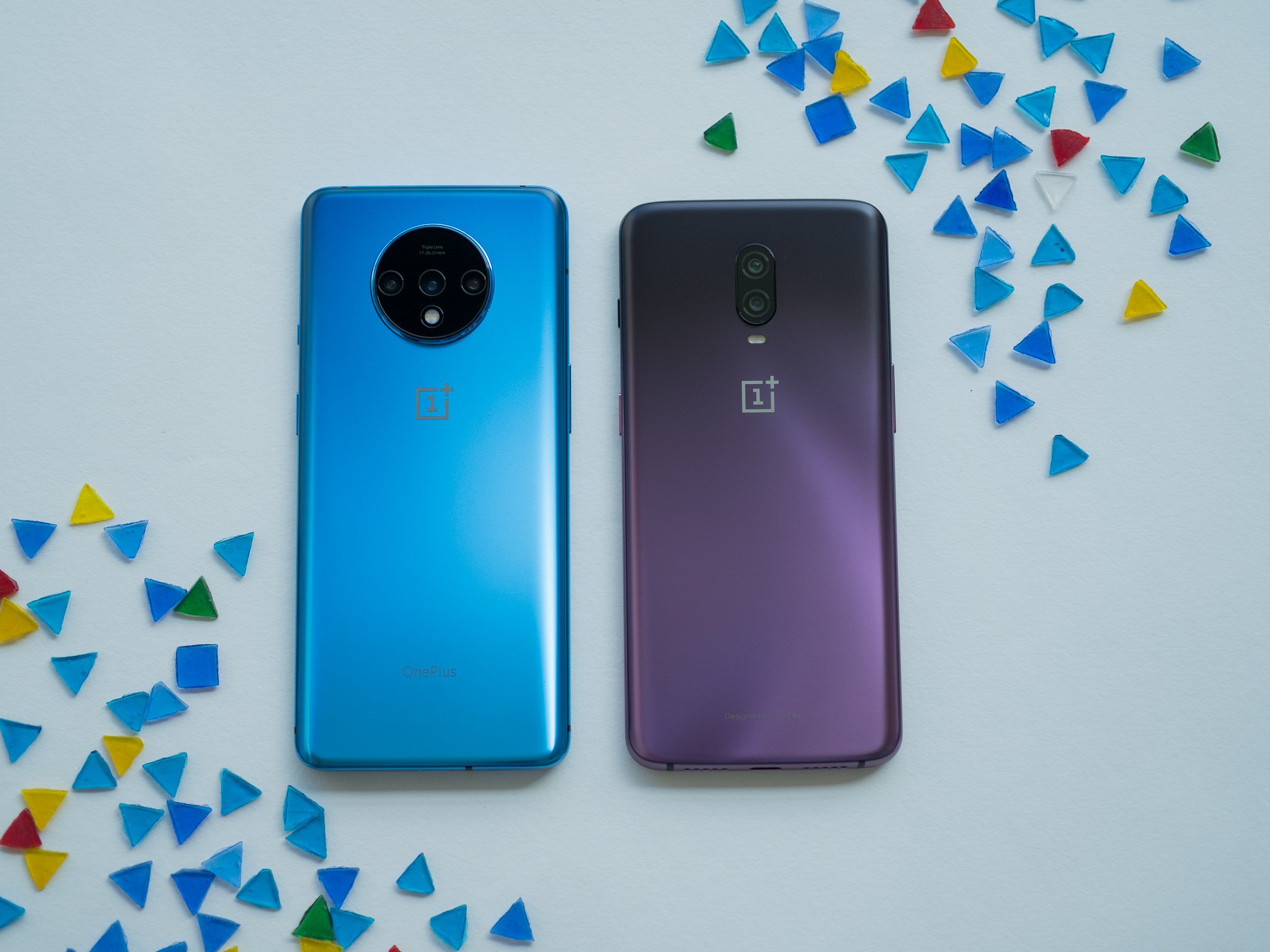
OnePlus 7T
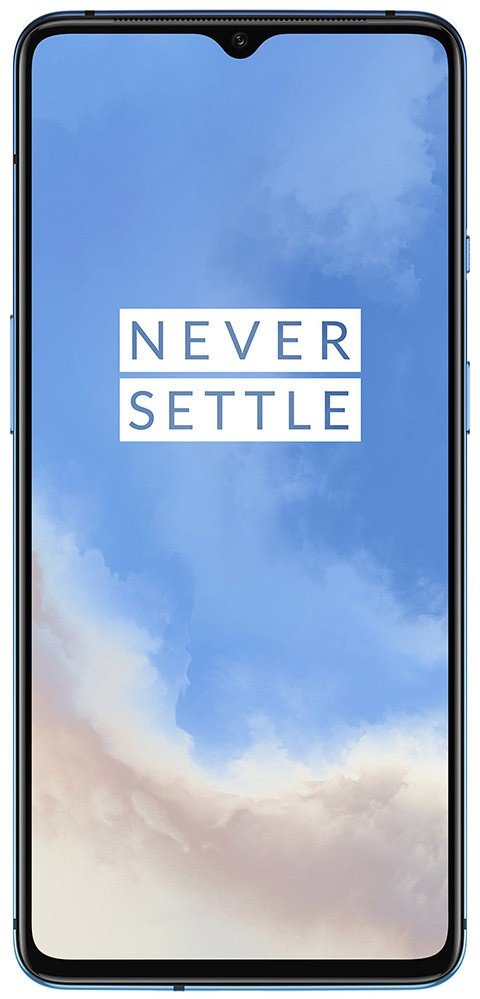
The OnePlus 7T packs several upgrades over the 6T, key among which is the 90Hz display. The FHD+ AMOLED panel with 90Hz refresh rate is a delight to use on a daily basis, and the phone has the latest Snapdragon 855+ chipset under the hood. The cameras have also been re-worked from last year, and the 48-megapixel primary shooter is great in most shooting scenarios.
OnePlus 7T
90Hz goodness
OnePlus 6T
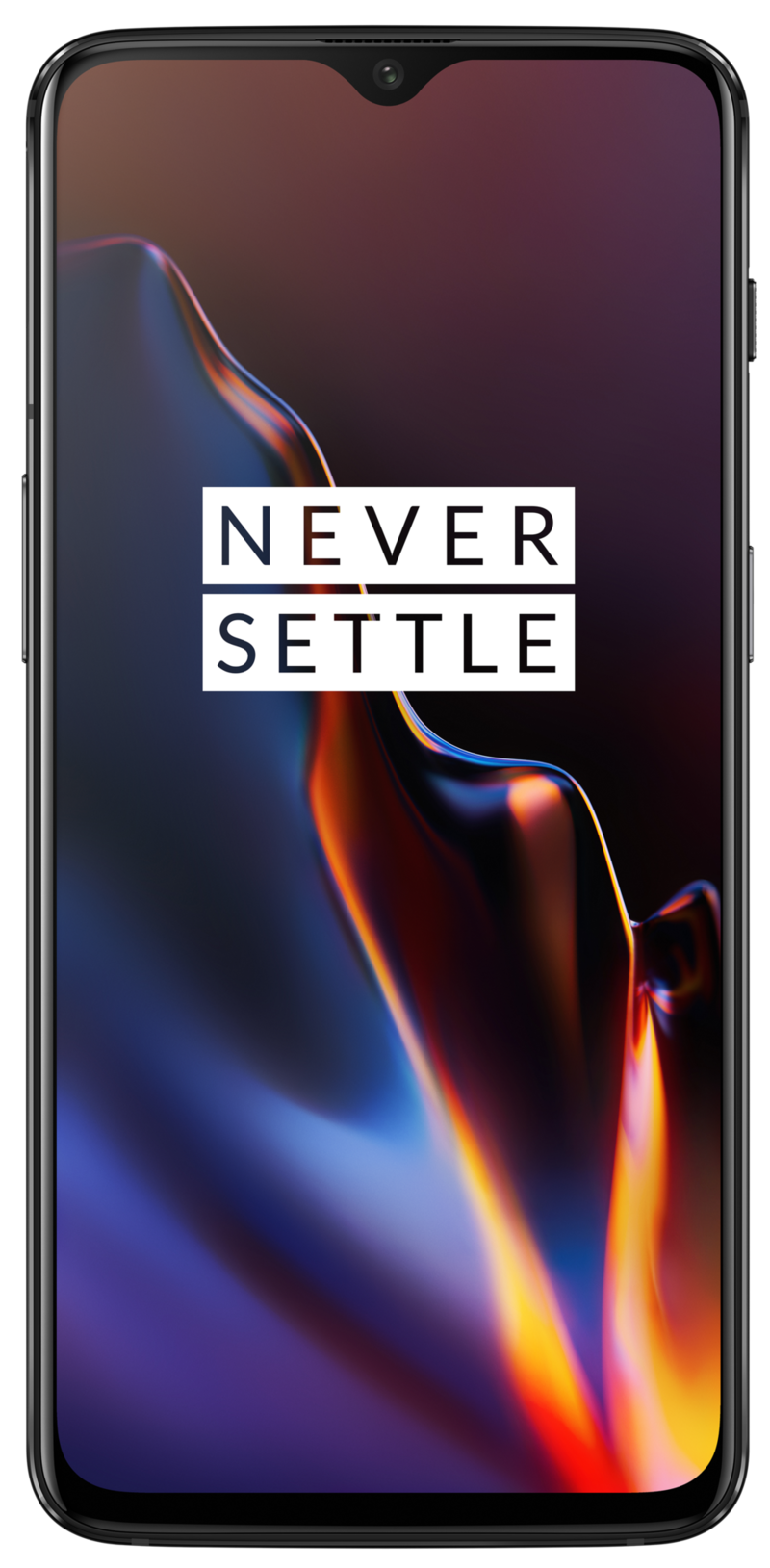
The OnePlus 6T is holding up very well in the latter half of 2019, and the Snapdragon 845 chipset still has a lot to offer. The AMOLED display holds its own next to the 7T in vibrancy, but you lose out on the high refresh rate. The 6T is also set to receive the Android 10 update shortly, bringing it on par with the 7T. Sure, it misses out on some features, but you don't need to upgrade just yet.
OnePlus 6T
Still great
The OnePlus 6T is two generations old, but the phone launched just 11 months ago. OnePlus continues to launch a new phone every six months, but because it also over-engineers its devices, the older models tend to hold their own for at least a few years. That's the case on the OnePlus 6T as well: at the tail end of 2019, the phone has plenty to offer.
Should you upgrade to the OnePlus 7T from the OnePlus 6T?
The OnePlus 7T introduces a hot of new features, but the core experience is largely unchanged from the 6T. You get clean software with quick updates and a similar design on both phones. Sure, the camera housing at the back of the 7T allows it to stand out, but if you look at the overall aesthetic, it's easy to draw a lot of parallels between both devices.
Both devices share a similar design language, but the 7T has stereo sound and a smaller cutout.
The OnePlus 7T is narrower and taller than the 6T — that's on account of the 20:9 display — and the waterdrop cutout at the top is also smaller. The rest of the design elements are identical: you get the same smooth flowing curves, Alert Slider on the right, and the volume rocker to the left. There's no 3.5mm jack on either device, but the 7T sports stereo sound thanks to a wide grille that sits atop the display cutout.
The stereo sound is a welcome addition on the 7T, and it makes watching videos and playing games that much more enjoyable. The phone also has other meaningful additions: the in-display fingerprint reader is significantly better on the 7T, and it has the same excellent vibration motor from the OnePlus 7 Pro, resulting in much better haptics.
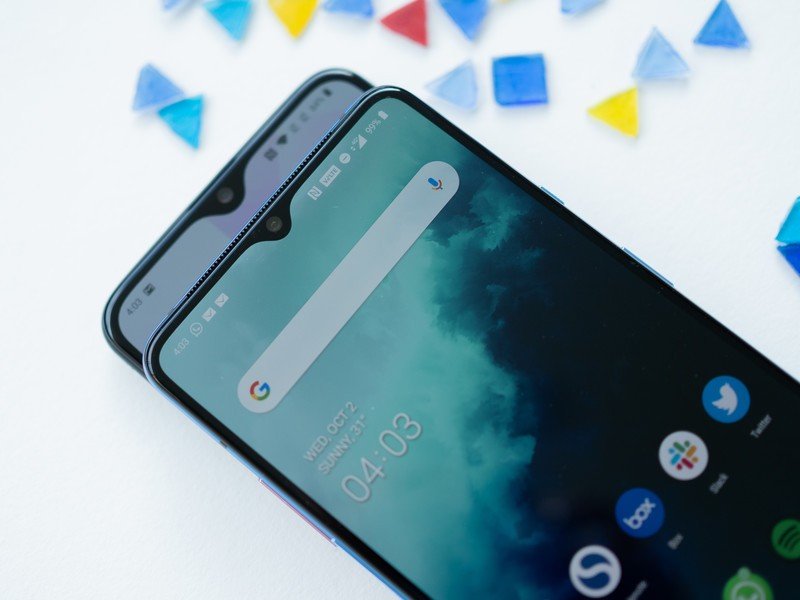
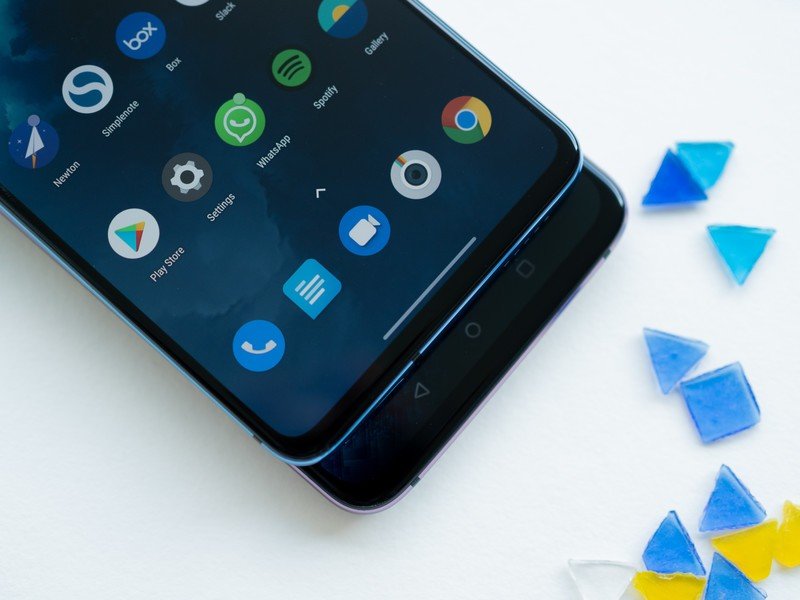
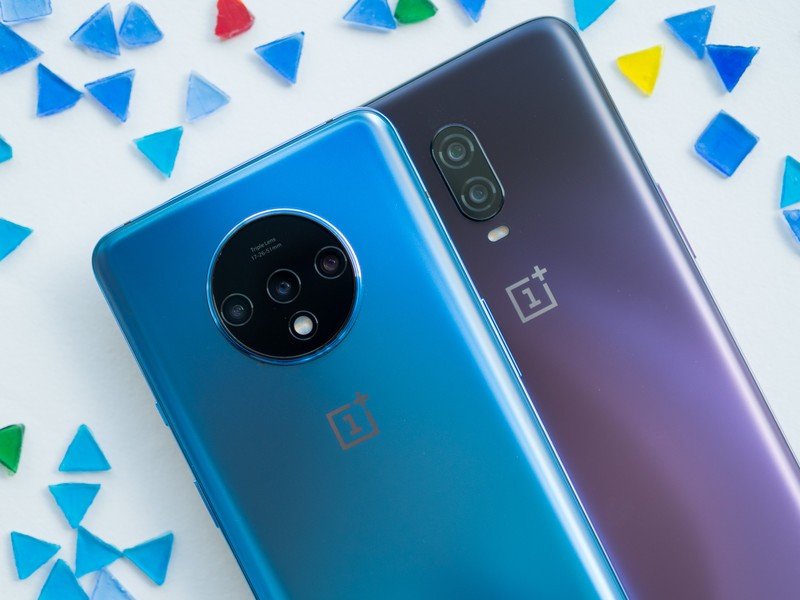
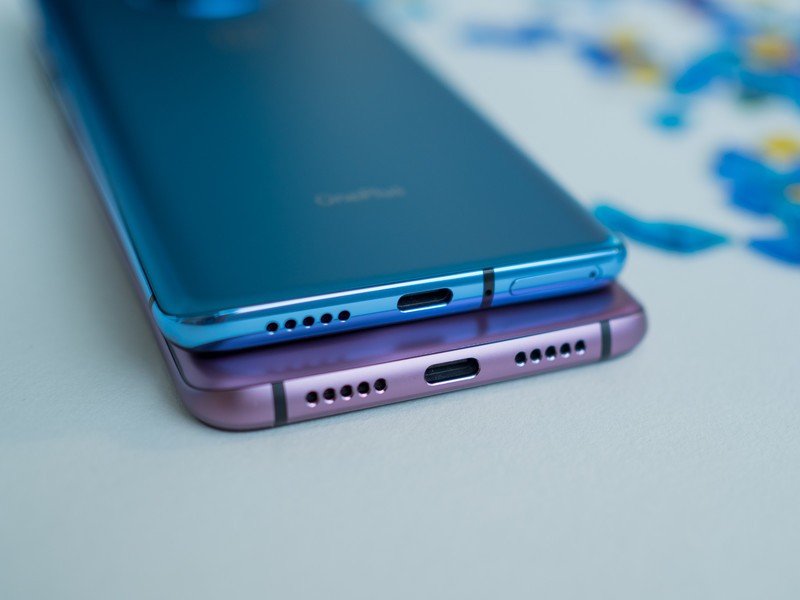
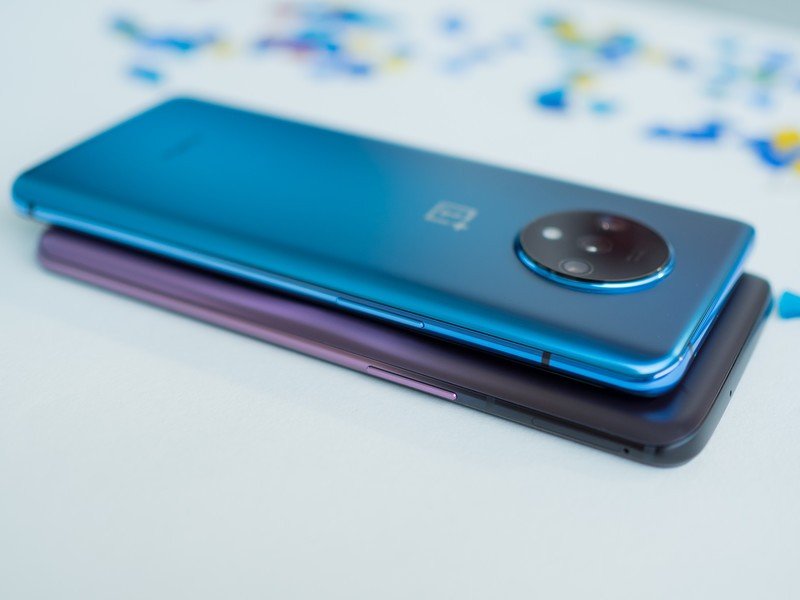
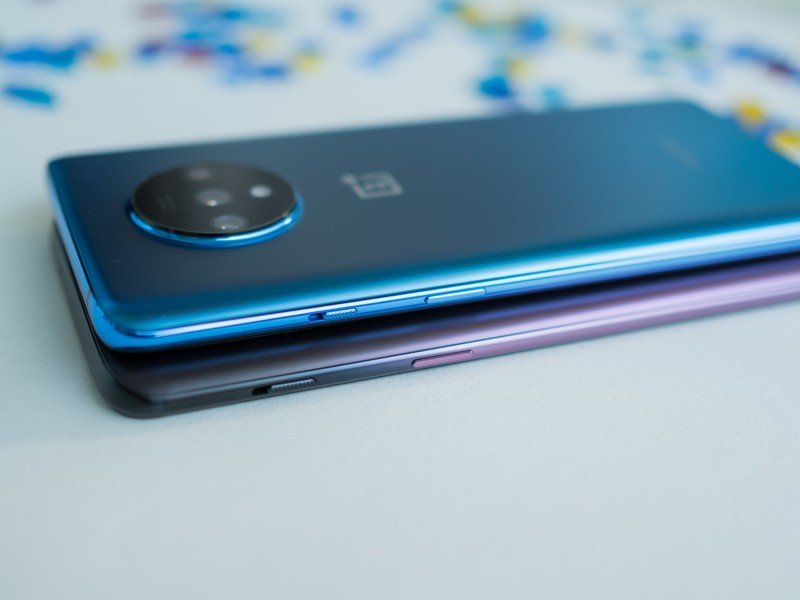
The standout feature on the OnePlus 7T is the 90Hz display. The Fluid AMOLED display has the same FHD+ resolution as the 6T, but the 90Hz refresh rate makes all the difference in the world. The high refresh rate makes all interactions seem instantaneous, and you can easily make out the difference in scrolling speed when using the 7T next to the 6T. It almost makes sense to upgrade to the 7T just on the back of the high refresh rate.
Be an expert in 5 minutes
Get the latest news from Android Central, your trusted companion in the world of Android
Once you use a 90Hz display, you wouldn't want to go back to a regular 60Hz panel.
Of course, OnePlus didn't just increase the refresh rate and called it a day. The 7T has other meaningful additions on the hardware front: the device is powered by the latest Snapdragon 855+, and you get 8GB of RAM as standard. There are just two storage options this time — 128GB and 256GB — and both come with 8GB of RAM.
Another area where the device wins is the software. The 7T comes with Android 10 out of the box, which means it will get two further platform updates. The 6T is still on Pie, but the phone is slated to make the switch to the latest version of Android shortly. The overall software experience itself is unchanged between both devices, but the fact that the 7T runs Android 10 out of the box is a big deal, and a huge win for OnePlus.
There's also 30W fast charging on the 7T, which charges the battery from zero to 100% in just 60 minutes. Dash Charge on the 6T is great in its own right, but it loses out to the new 30W fast charging standard.
The cameras have also been overhauled on the 7T, with the device featuring the same 48-megapixel primary sensor as the 7 Pro. That allows it to take much better photos in both daylight and artificial lighting conditions, and you get the versatility of a telephoto lens and a wide-angle camera as well.
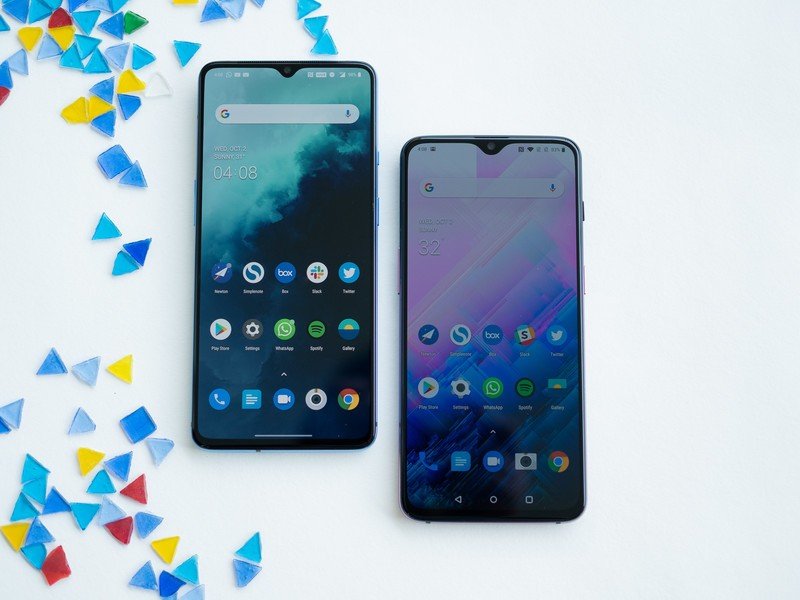
| Category | OnePlus 7T | OnePlus 6T |
|---|---|---|
| Operating system | Android 10 | Android 9.0 Pie |
| Display | 6.55-inch 90Hz Fluid AMOLED2400x1080 (20:9)HDR10+Gorilla Glass 6 | 6.41-inch Optic AMOLED2340x1080 (19.5:9)Gorilla Glass 6 |
| Processor | Snapdragon 855+1 x 2.96GHz Kryo 4853 x 2.42GHz Kryo 4854 x 1.80GHz Kryo 485Adreno 6407nm | Snapdragon 8454 x 2.80GHz Kryo 3854 x 1.70GHz Kryo 385Adreno 63010nm |
| RAM | 8GB | 6GB/8GB |
| Storage | 128GB/256GB | 128GB/256GB |
| MicroSD slot | No | No |
| Rear camera 1 | 48MP, f/1.6OIS, EIS4K at 60fps | 16MP, f/1.7OIS4K at 60fps |
| Rear camera 2 | 12MP, f/2.2OIS, 2x zoom | 20MP, f/1.7Portrait lens |
| Rear camera 3 | 16MP, f/2.2Wide-angle lens117-degree field-of-view | None |
| Front camera | 16MP, f/2.0Sony IMX471 | 16MP, f/2.0Sony IMX471 |
| Connectivity | Wi-Fi ac 2x2 MIMO, Bluetooth 5.0AptX HD, NFC, A-GPS | Wi-Fi ac 2x2 MIMO, Bluetooth 5.0AptX HD, NFC, A-GPS |
| Audio | USB-CStereo speakers | USB-CSingle speaker |
| Battery | 3800mAhNon-removable | 3700mAhNon-removable |
| Charging | USB-C 3.130W Warp Charge 30T | USB-C22W Dash Charge |
| Water resistance | No rating | No rating |
| Security | In-display fingerprint sensor | In-display fingerprint sensor |
| Dimensions | 160.9 x 74.4 x 8.1mm190g | 157.5 x 74.8 x 8.2 mm185 g |
| Colors | Glacier Blue, Frost Silver | Mirror Black, Midnight Black, Thunder Purple |
You don't need to upgrade, but you'll want to
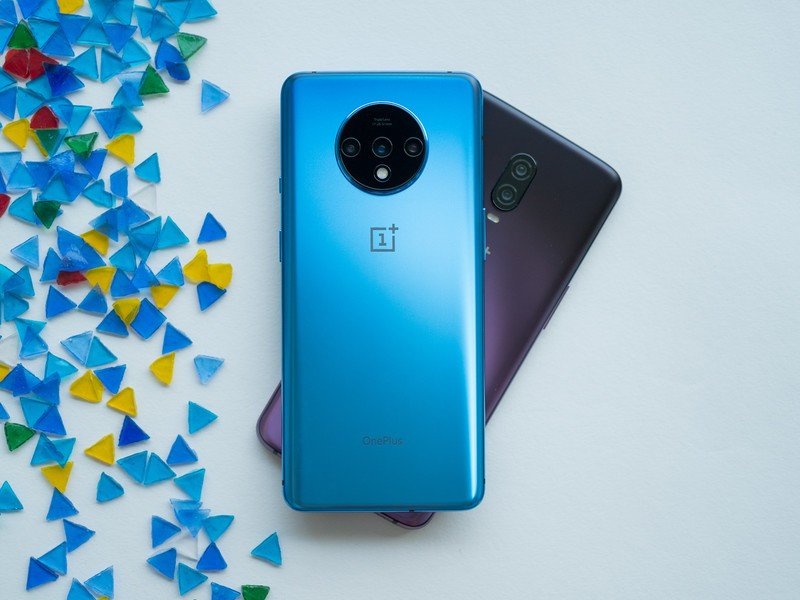
If you're already using the OnePlus 6T, then you don't need to upgrade to the 7T. The hardware still has a lot to offer in 2019, and the phone is slated to get the Android 10 update shortly.
You don't need to update just yet, but if you want the 90Hz display, stereo sound, and great cameras, get the 7T.
But the OnePlus 7T does feature a whole lot of upgrades, making it an enticing option. The 90Hz display in particular is outstanding, and once you make the switch to a screen with a high refresh rate, you wouldn't be able to go back to a "regular" 60Hz panel. Then there's stereo sound, much better haptics and in-display fingerprint sensor, and you get Android 10 right now.
The 7T also has the latest internal hardware, 8GB of RAM in the base variant, and a 30W fast charging standard that charges he battery from zero to 100% in just an hour. The cameras have also been overhauled from last year, and the 48-megapixel camera takes great photos.
Combine all that and you get a standout value flagship in 2019. Sure, the 6T has a lot going for it, but the 7T offers so much more.

All the updates you care about.
The OnePlus 7T features a ton of enticing upgrades, including the 90Hz display, 48-megapixel camera at the back, 30W fast charging, improved haptics and in-display sensor, and better internals. The fact that it comes with Android 10 out of the box is the icing on the cake.

Harish Jonnalagadda is Android Central's Senior Editor overseeing mobile coverage. In his current role, he leads the site's coverage of Chinese phone brands, networking products, and AV gear. He has been testing phones for over a decade, and has extensive experience in mobile hardware and the global semiconductor industry. Contact him on Twitter at @chunkynerd.
